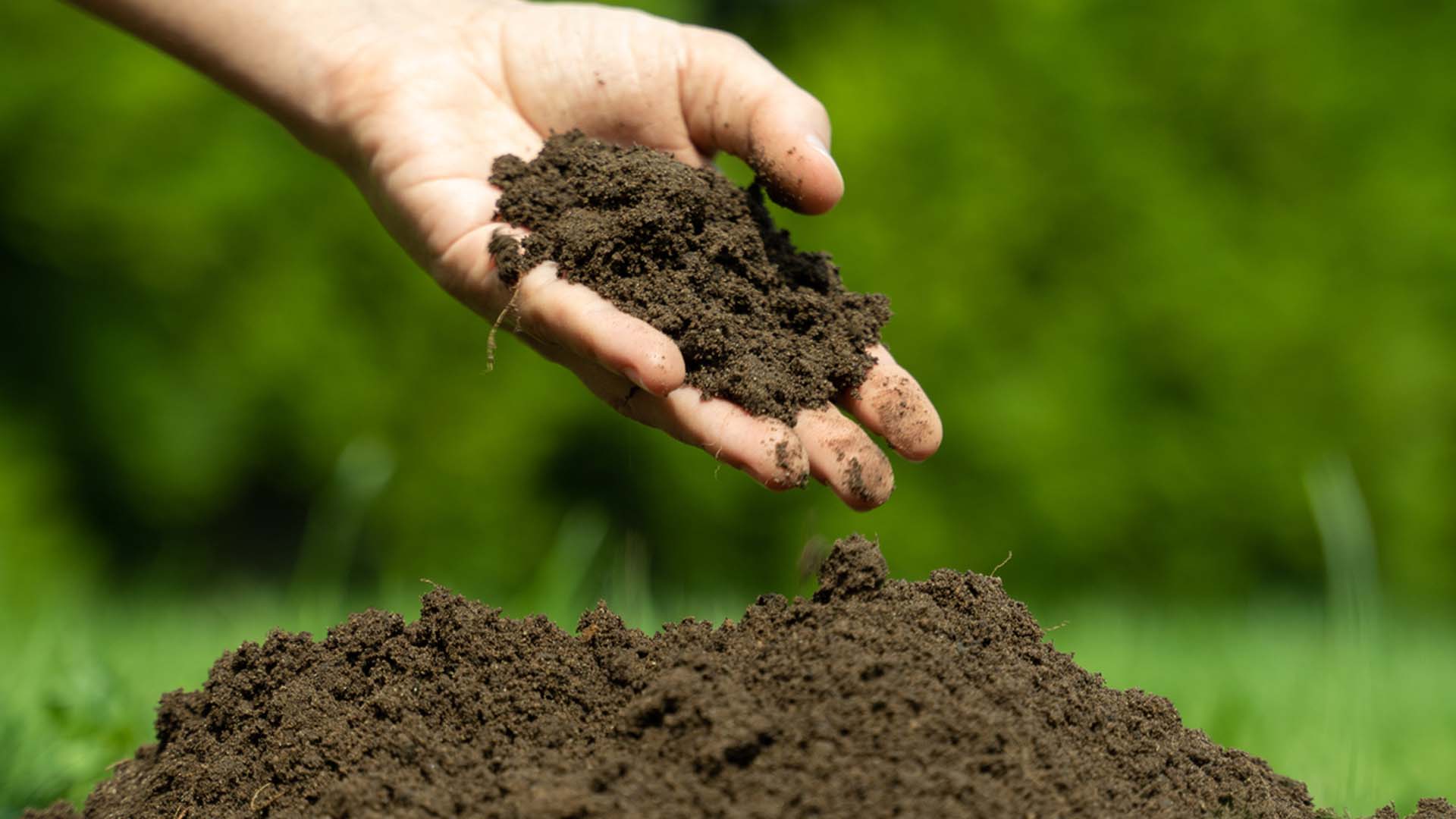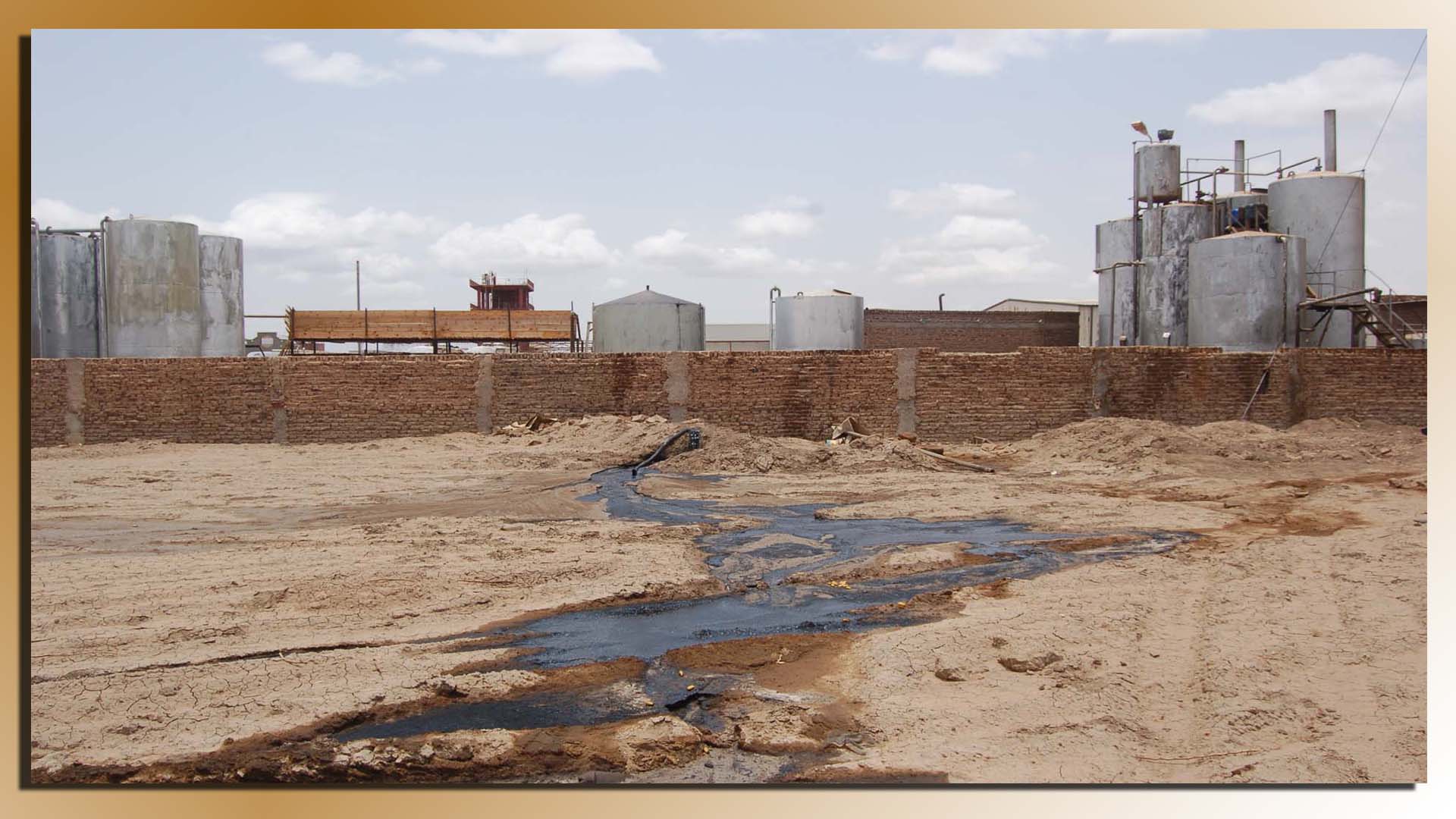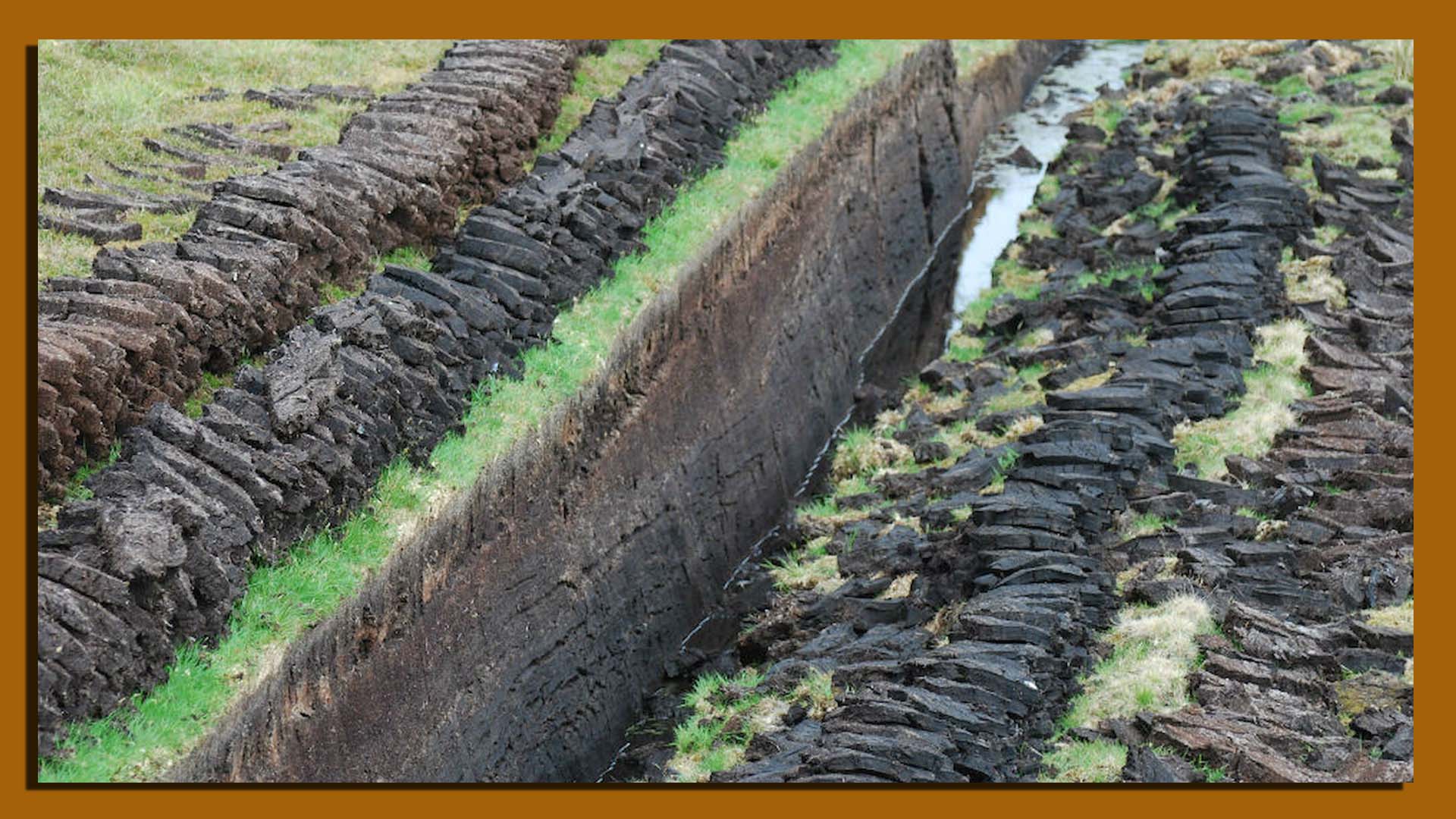

 Unraveling the Secrets of Soil - Composition, Variation, Pollution, and Agriculture
Unraveling the Secrets of Soil - Composition, Variation, Pollution, and Agriculture
Table of Contents
1. What is soil?
2. What is the Variation of Soil?
3. What elements are in soil?
4. How Soil is polluted?
5. How to prevent soil pollution?
6. Which Soil best for Agriculture?
1. What is soil?
Soil is a complex and dynamic natural resource that forms the top layer of the Earth’s crust. It is a mixture of mineral particles, organic matter, water, air, and living organisms. The formation of soil is a gradual process that involves the weathering of rocks, the decomposition of organic materials, and the actions of various biological, chemical, and physical processes.
Key components of soil include:
1. Mineral Particles: These are derived from the breakdown of rocks and minerals through weathering processes. The mineral particles are classified into three main categories based on their size: sand, silt, and clay.
2. Organic Matter: This component consists of decomposed plant and animal material. Organic matter is crucial for soil fertility, as it provides nutrients and enhances the soil’s ability to retain water.
3. Water: Soil contains varying amounts of water, and its availability is essential for supporting plant life and other soil organisms.
4. Air: The spaces between soil particles contain air, which is essential for the respiration of plant roots and soil-dwelling organisms.
5. Living Organisms: Soils are teeming with life, including bacteria, fungi, protozoa, nematodes, insects, and larger organisms like earthworms. These organisms play crucial roles in nutrient cycling, organic matter decomposition, and soil structure improvement.
Soil serves as a medium for plant growth and is a habitat for a diverse range of organisms. It plays a vital role in supporting ecosystems, agriculture, and various human activities. Different types of soils exist, and they vary in composition, texture, structure, and fertility based on factors such as climate, parent material, topography, and time. The study of soil and its properties is known as pedology.
2. What is the Variation of Soil?
The term “variation of soil” can be interpreted in different ways, so I’ll provide explanations for a couple of possible meanings:
1. Spatial Variation of Soil: This refers to the differences or variability in soil properties across a given area or region. Soils can vary in terms of texture, composition, moisture content, nutrient levels, and other physical or chemical attributes. Factors such as topography, climate, vegetation, and human activities contribute to spatial variations in soil characteristics. Understanding the spatial variation of soil is crucial in agriculture, environmental science, and land use planning.
2. Temporal Variation of Soil: Temporal variation refers to changes in soil properties over time. This could be due to seasonal variations, climate changes, or human activities such as agriculture practices. For example, soil moisture levels may vary throughout the year, impacting plant growth and nutrient availability. Long-term changes in land use or climate can also lead to gradual alterations in soil properties over time.
3. Genetic Variation of Soil: Genetic variation in soil refers to differences in soil properties that result from the natural processes of soil formation (pedogenesis). Different parent materials, weathering processes, and environmental conditions contribute to the development of distinct soil horizons and profiles. Soil scientists study these genetic variations to classify soils and understand their formation processes.
3. Microbial Variation in Soil: Soils host a diverse range of microorganisms, including bacteria, fungi, and other microbes. The microbial community composition and activity can vary spatially and temporally. Factors such as soil moisture, pH, and nutrient levels influence the microbial population. Understanding microbial variation is crucial for ecosystem functioning, nutrient cycling, and other soil processes.
In summary, the variation of soil can encompass spatial, temporal, genetic, and microbial aspects, depending on the context in which the term is used. It is a multidimensional concept that is important in various scientific disciplines, including agriculture, ecology, geology, and environmental science.
3. What elements are in soil?
The term “variation of soil” can be interpreted in different ways, so I’ll provide explanations for a couple of possible meanings:
1. Spatial Variation of Soil: This refers to the differences or variability in soil properties across a given area or region. Soils can vary in terms of texture, composition, moisture content, nutrient levels, and other physical or chemical attributes. Factors such as topography, climate, vegetation, and human activities contribute to spatial variations in soil characteristics. Understanding the spatial variation of soil is crucial in agriculture, environmental science, and land use planning.
2. Temporal Variation of Soil: Temporal variation refers to changes in soil properties over time. This could be due to seasonal variations, climate changes, or human activities such as agriculture practices. For example, soil moisture levels may vary throughout the year, impacting plant growth and nutrient availability. Long-term changes in land use or climate can also lead to gradual alterations in soil properties over time.
3.Genetic Variation of Soil: Genetic variation in soil refers to differences in soil properties that result from the natural processes of soil formation (pedogenesis). Different parent materials, weathering processes, and environmental conditions contribute to the development of distinct soil horizons and profiles. Soil scientists study these genetic variations to classify soils and understand their formation processes.
4.Microbial Variation in Soil: Soils host a diverse range of microorganisms, including bacteria, fungi, and other microbes. The microbial community composition and activity can vary spatially and temporally. Factors such as soil moisture, pH, and nutrient levels influence the microbial population. Understanding microbial variation is crucial for ecosystem functioning, nutrient cycling, and other soil processes.
In summary, the variation of soil can encompass spatial, temporal, genetic, and microbial aspects, depending on the context in which the term is used. It is a multidimensional concept that is important in various scientific disciplines, including agriculture, ecology, geology, and environmental science.
Soil pollution occurs when the presence of substances in the soil reaches a level that has a negative impact on the natural environment, human health, or the growth and development of plants. Several factors contribute to soil pollution:
1. Industrial Activities: Industries often release various pollutants into the environment, including heavy metals, chemicals, and toxins. Improper disposal of industrial waste and emissions can contaminate the soil.

Industrial Activities for Soil Pollution
2. Agricultural Practices: The use of pesticides, herbicides, and fertilizers in agriculture can lead to soil pollution. Excessive application or improper handling of these chemicals can result in the accumulation of harmful substances in the soil.
3.Improper Waste Disposal: Improper disposal of household waste, including plastics, electronic waste (e-waste), and other non-biodegradable materials, can contribute to soil pollution. Landfills can leach harmful substances into the soil, affecting its quality.
4.Mining Activities: Mining operations often involve the extraction of minerals and metals from the earth, which can release pollutants such as heavy metals into the soil. Improper mining practices, including waste disposal and runoff, can lead to soil contamination.
5.Oil Spills: Accidental spills of oil or other hazardous substances can contaminate the soil. These spills may occur during transportation, storage, or industrial processes involving petroleum products.
6.Deforestation: Clearing large areas of land for agriculture or other purposes can lead to soil erosion, disrupting the natural balance and contributing to soil pollution. The removal of vegetation exposes the soil to erosion and reduces its ability to filter and retain water.
7.Urbanization: Urban development can contribute to soil pollution through the release of pollutants from construction activities, road runoff, and the disposal of waste in urban areas.
8.Radioactive Contamination: Nuclear accidents or improper disposal of radioactive waste can lead to the contamination of soil with radioactive substances, posing serious health and environmental risks.
9.Atmospheric Deposition: Airborne pollutants, such as heavy metals and industrial emissions, can settle onto the soil through precipitation (acid rain) or atmospheric deposition, contributing to soil pollution.
Preventing soil pollution involves implementing proper waste management practices, using environmentally friendly agricultural techniques, and regulating industrial activities to minimize the release of harmful substances into the environment.
5. How to Prevent Soil Pollution?
Preventing soil pollution is crucial for maintaining environmental health and sustaining agricultural productivity. Here are several strategies to help prevent soil pollution:
1. Reduce the use of chemical fertilizers and pesticides:
2. Practice crop rotation and cover cropping:
3. Proper waste disposal:
4. Composting:
5. Control industrial emissions:
6. Avoid overgrazing:
7. Afforestation and reforestation:
8. Manage construction activities:
9. Promote sustainable agriculture:
10. Educate and raise awareness:
11. Soil testing:
12. Government regulations and enforcement:
13. Community involvement:
By adopting these practices and promoting awareness, individuals, communities, and industries can contribute to the prevention of soil pollution and the preservation of soil quality for future generations.
6. Which Soil best for Agriculture?
The suitability of soil for agriculture depends on various factors, including its physical, chemical, and biological properties. Different crops have varying requirements, and soil types can be classified into broad categories based on texture, structure, and composition. Here are some general types of soil that are considered good for agriculture:
1. Loam Soil:

Best Loam Soil for Agriculture
2. Silt Soil:
3. Clay Soil:
4. Sandy Soil:
5. Chalky Soil:
6. Peaty Soil:

Peaty Soil is rich in organic matter
7. Black Soil (Vertisols):
8. Red Soil:
It’s important to note that the best soil for agriculture depends on the specific crop requirements, climate, and local conditions. Additionally, sustainable agricultural practices, such as crop rotation, cover cropping, and organic matter addition, play a crucial role in maintaining soil fertility and health over the long term. Soil testing is a valuable tool to assess the nutrient levels and characteristics of the soil, helping farmers make informed decisions about amendments and crop choices.